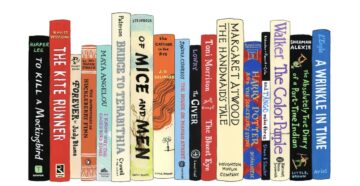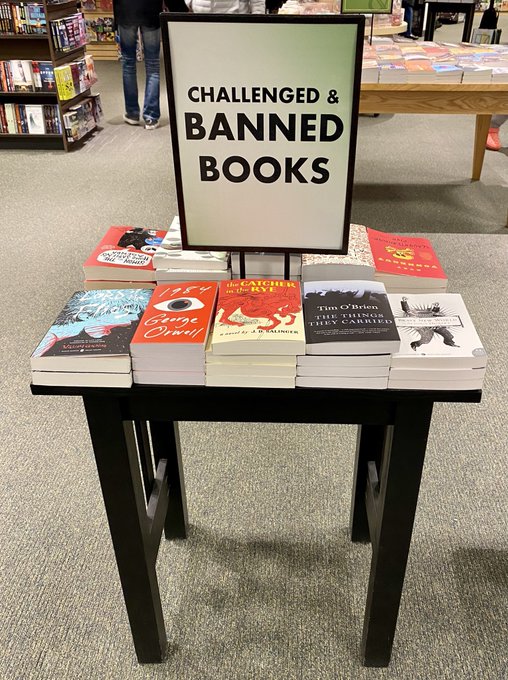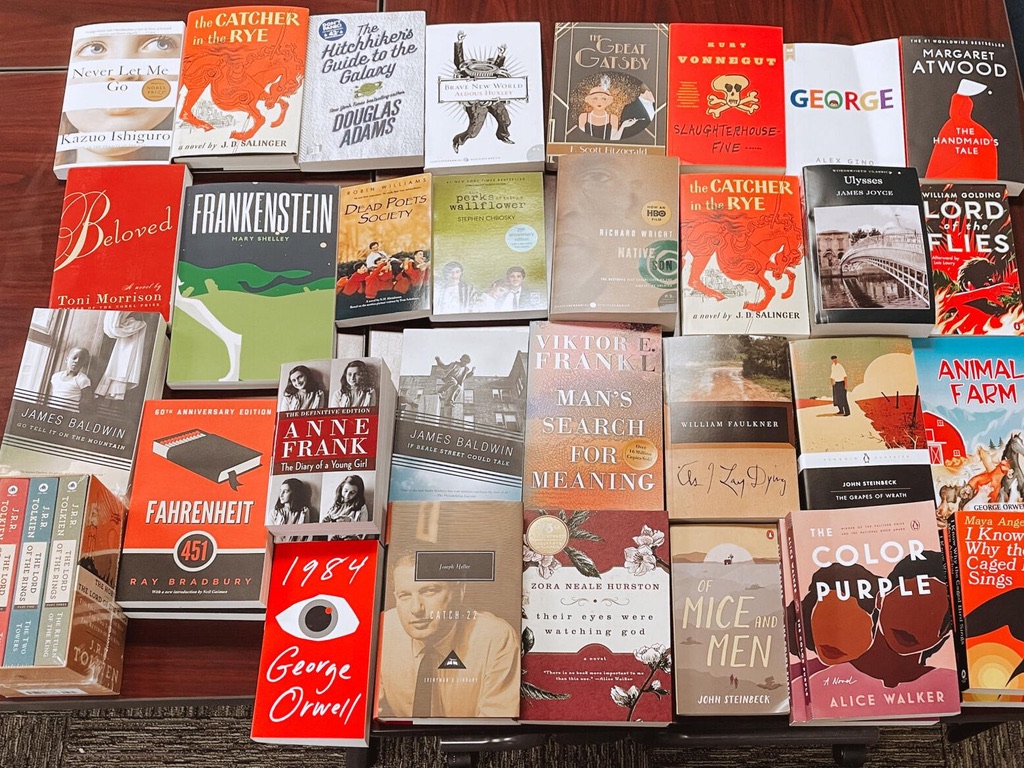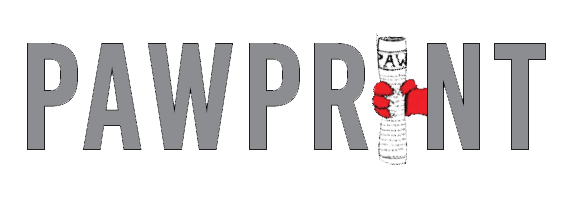
Popular authors such as George Orwell, J.K. Rowling, Toni Morrison, and Mark Twain all have novels that are placed on the banned book list. These popular household names wrote books that many children have read in school or in their free time. All of these authors have works that are banned from being read in the classroom for content that is said to be controversial.
What is Book Banning?
Banned books have become a hot topic in the media recently. However, it is nothing new. Book Banning has been around for centuries. It is one of the most widespread forms of censorship. Book banning occurs when government officials, private individuals (parents), or organizations remove books from school reading lists, libraries, or bookstore shelves. Most of the time, books are placed on the banning list because these individuals object to the themes, content, or ideas that are presented in the books. Ranging from different political viewpoints to cultural and religious expression, there are many reasons why there is an attempt for censored reading in the classroom.
Challenged vs Banned
Some school districts have had attempts to ban books from the classroom but failed to be successful. So, what does this mean? This means that a book was challenged. A challenged book is an attempt to remove the material. Individuals who challenge books want the material removed from the library or curriculum, which restricts the access for others to read it. A banned book is when the material was removed.

Why Books Are Banned
Books are banned for numerous reasons. Individuals, groups, or government officials who try to get a book banned from the curriculum are seemingly motivated by the desire to protect their children. In reality, they are often influenced by people’s prejudices and fears. From the Office of Intellectual Freedom, the top reasons why books are banned in the United States are:
- The material contained offensive language
- The material was sexually explicit
- The material was unsuited for the age group
The list goes on as to why books are being banned in the classroom and taken off the shelves at bookstores and libraries. Teachers, students, librarians, and more are doing the best they can to keep these pieces of literature from being banned. Some popular books on the banned list include The Giver, Animal Farm, and 1989 by George Orwell.
What Do Maryville Students Have To Say?
Students at Maryville University were asked their opinion on the topic of book banning. Junior, Alex Ortiz states ‘’I think there’s a fine line between banning books to protect children or the public from harmful ideas and the infringement of freedom of speech simply because someone doesn’t agree with the ideas or story depicted by a book. It’s hard to discern what contributes negatively or positively to the public as it is ultimately up to the people of that culture to decide.’’ Sophomore, Elliott Jenner states his opinion on the issue. ‘’Banned books I feel is a nice way of saying that you should be silenced because my views are much different than yours.’’
Still Being Censored
Even though book banning has been around for centuries, it still isn’t going away. Books are being challenged and banned more and more every day. It is becoming a common theme within the school districts. Between July 2021 and March 2022, 1,586 books were banned from the classroom in the United States. This widespread book ban has spread across 86 school districts in 26 different states, according to News @ Northeastern. Putting books away on the selves for good keeps the books out of children’s hands. It blocks students from being able to expand their horizons when it comes to reading. Many children will never read a banned book. If they don’t know it exists, they’ll never know to pick it up and read it.
Getting Involved
Book bans is nothing new, but there hasn’t been this kind of surge in years. In 2020, 156 challenges, censorship attempts, and bans were reported to the American Library Association. Banning books has always been bigger than the ban or the book. It’s an effort to sugarcoat history, or protect individuals from a worldview that they don’t understand. The impact of book banning touches different communities in unique ways. It’s important to listen to those who are affected in order to make a positive change. Brush up on banned book history and help spread the word. This allows for individuals in the community to be aware of the books that are being banned. Go to your local bookstore and pick up a copy of a banned book. Reading a banned book allows individuals to form their own opinions on the matter.

